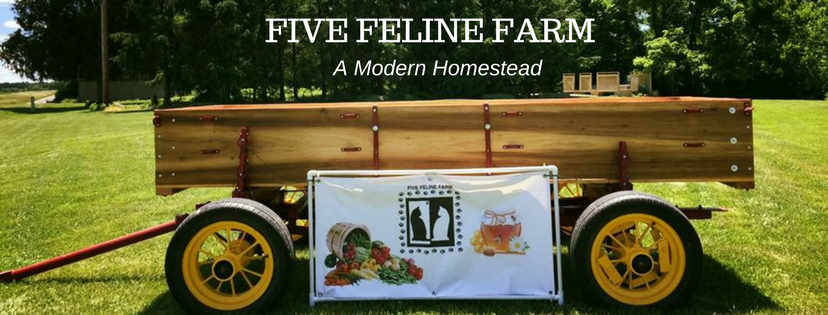This past week Five Feline Farm hosted a booth at the Lake Land College Innovative Energy Conference. Keynote speaker Ed Begley, Jr. gave great information about living more sustainably by doing what you can. He suggested that every person can do something to conserve by taking just a few steps such as changing to LED lightbulbs or having a home energy audit.
So, what can we do at the Farm?
The goldfish pond uses two electric pumps during warm weather. One is a continuously running pump that powers the filter and waterfall. The other runs a few minutes a day to add water from the well. Plenty of sunshine is available in this area so a solar collector is the goal to power both pumps.
Shouldn’t be too hard. A little study, invest in materials, and the pond goes off the grid.
The next task will be to add some insulation to the greenhouse. The new greenhouse was built on a deck for a secure base that allows drainage. However, it also allows heat loss overnight. Insulation on the deck walls will curb some of this loss. Electricity will be installed so tender plants can stay warm enough overnight to survive. Perhaps next year, this will be converted to solar power for the auxiliary heat source.
With the promise of Spring, outdoor activities around the Farm kick into high gear. We are energized to complete those tasks we have only dreamed about through the long cold winter.
Five Feline Farm Spring task list:
-pick up downed branches in the woods that have fallen or broken during winter storms
-repair any structures that sustained winter damage
-establish new garden areas and install edgings
-run electricity for greenhouse heater
-install solar power to the goldfish pond pumps
-attend Indiana Flower and Patio Show
What spring tasks will you be doing?









